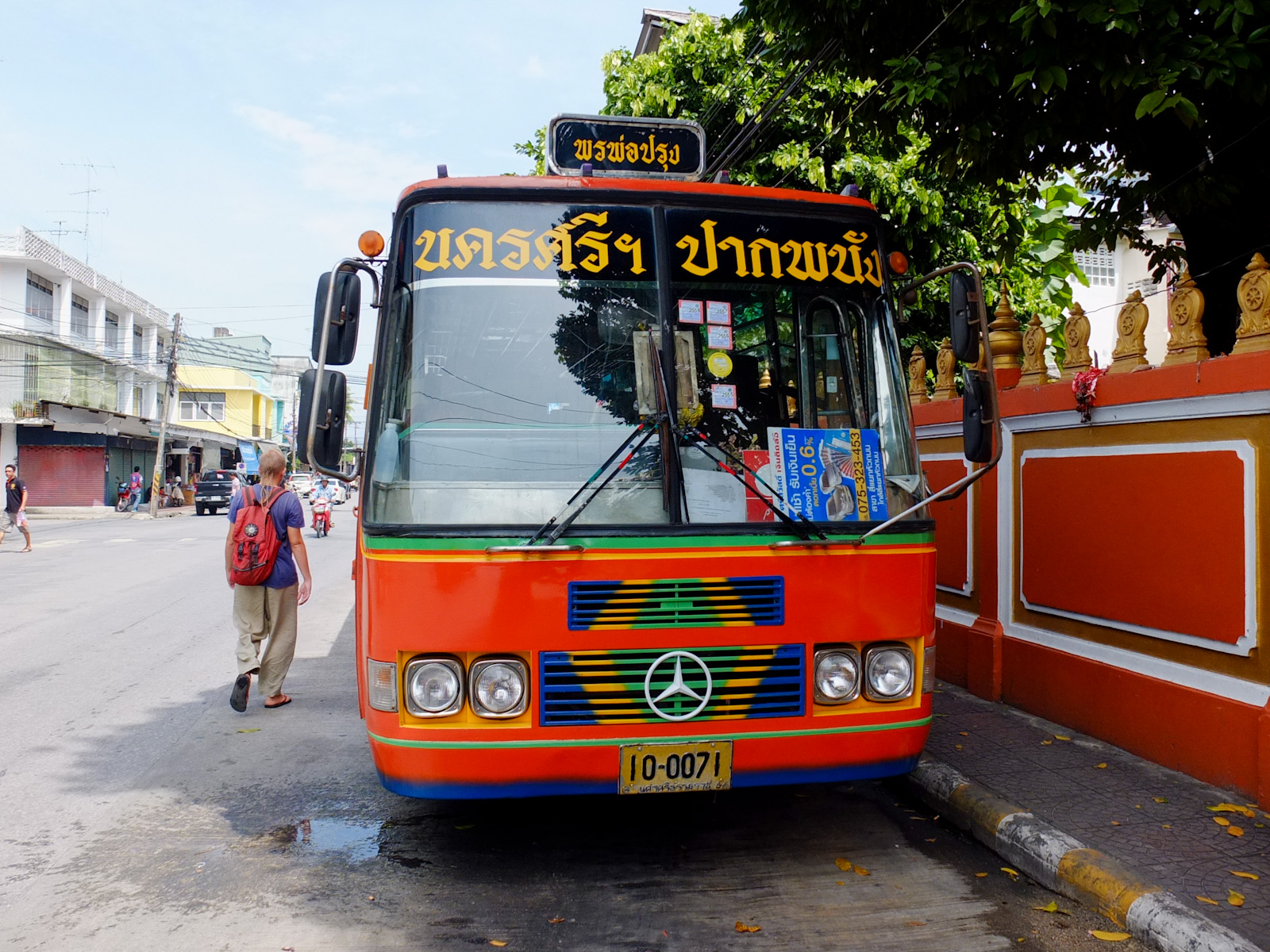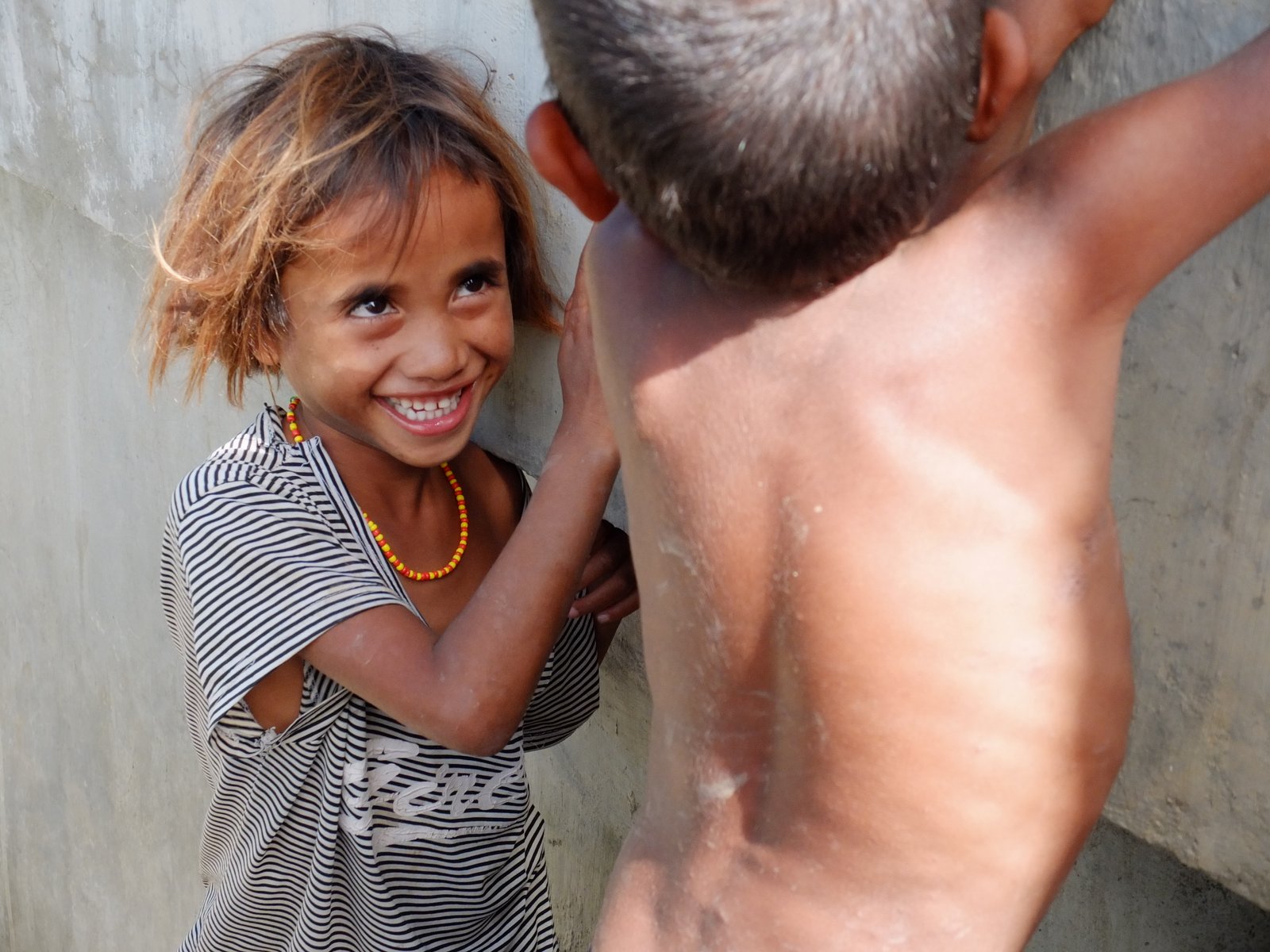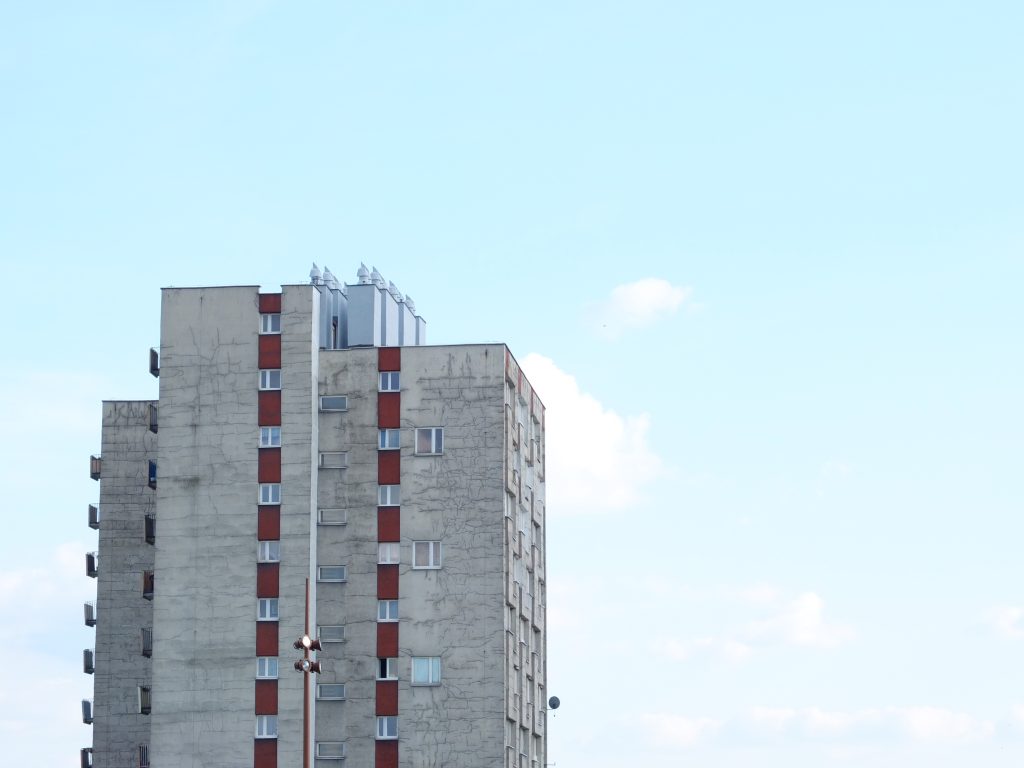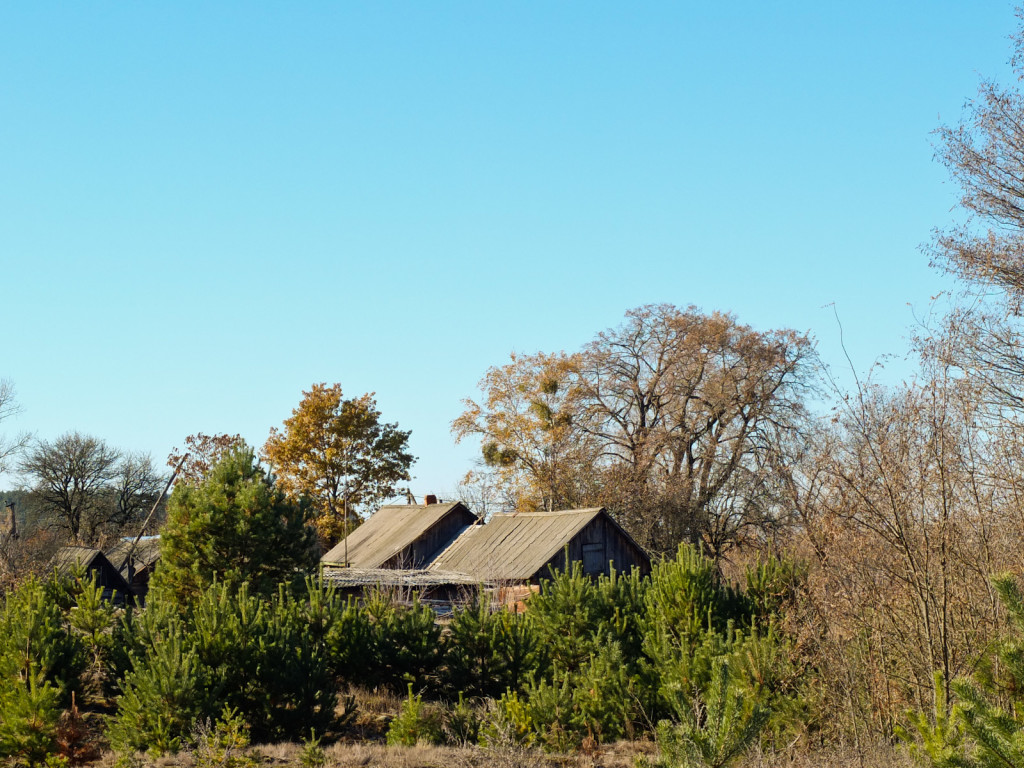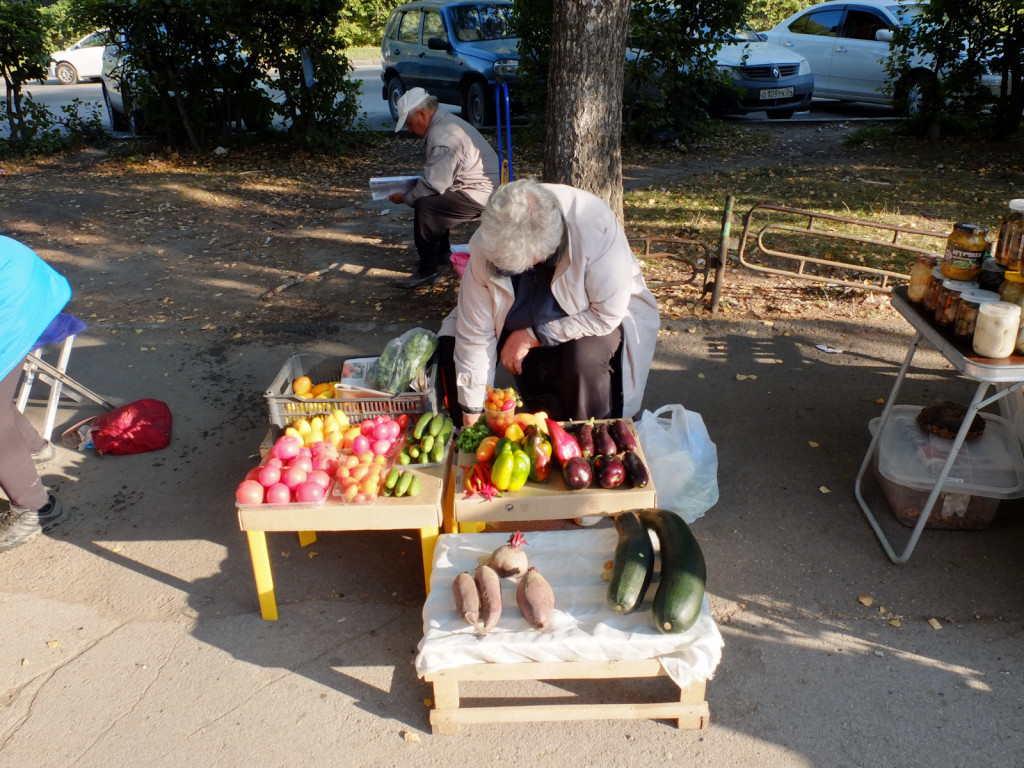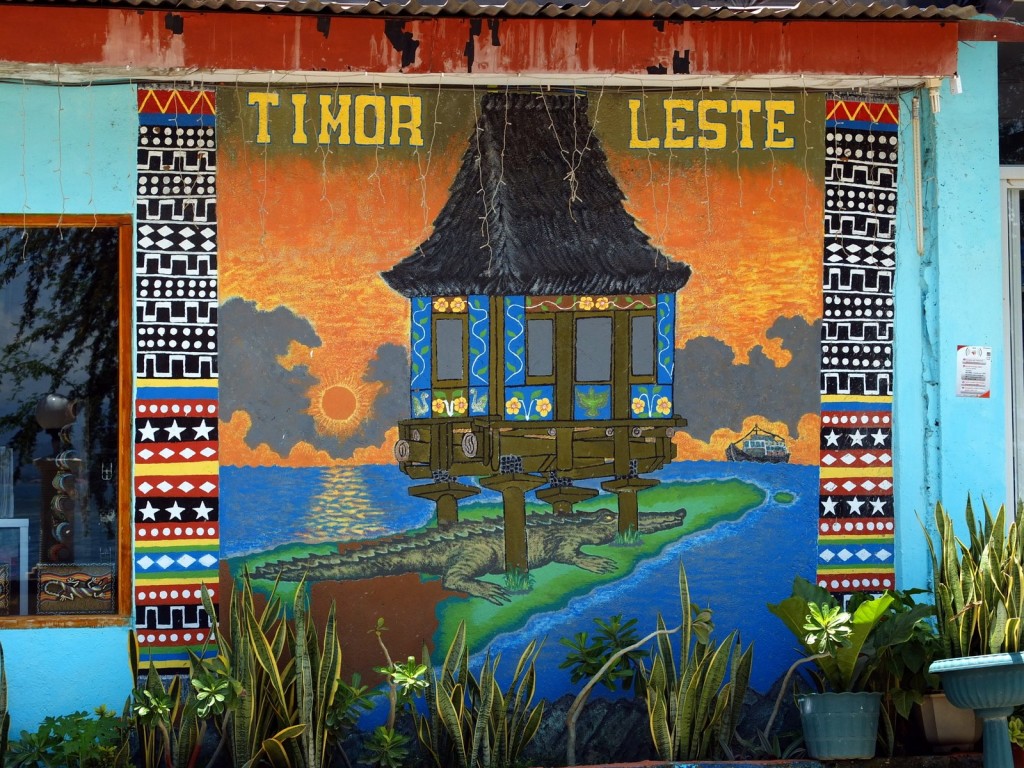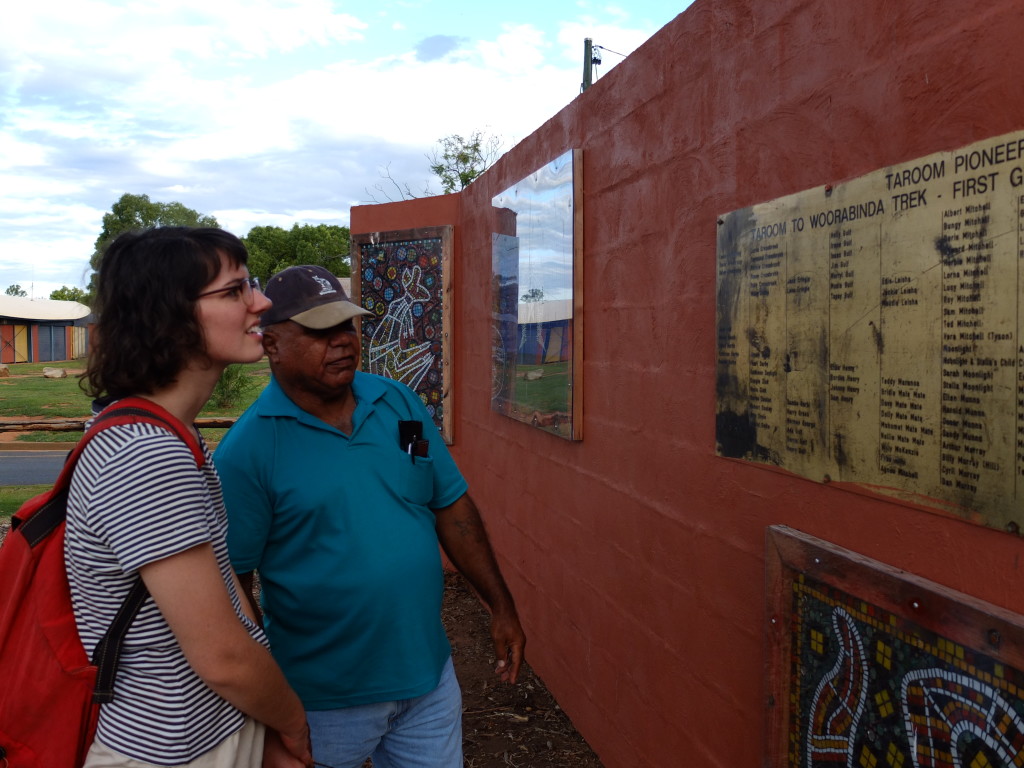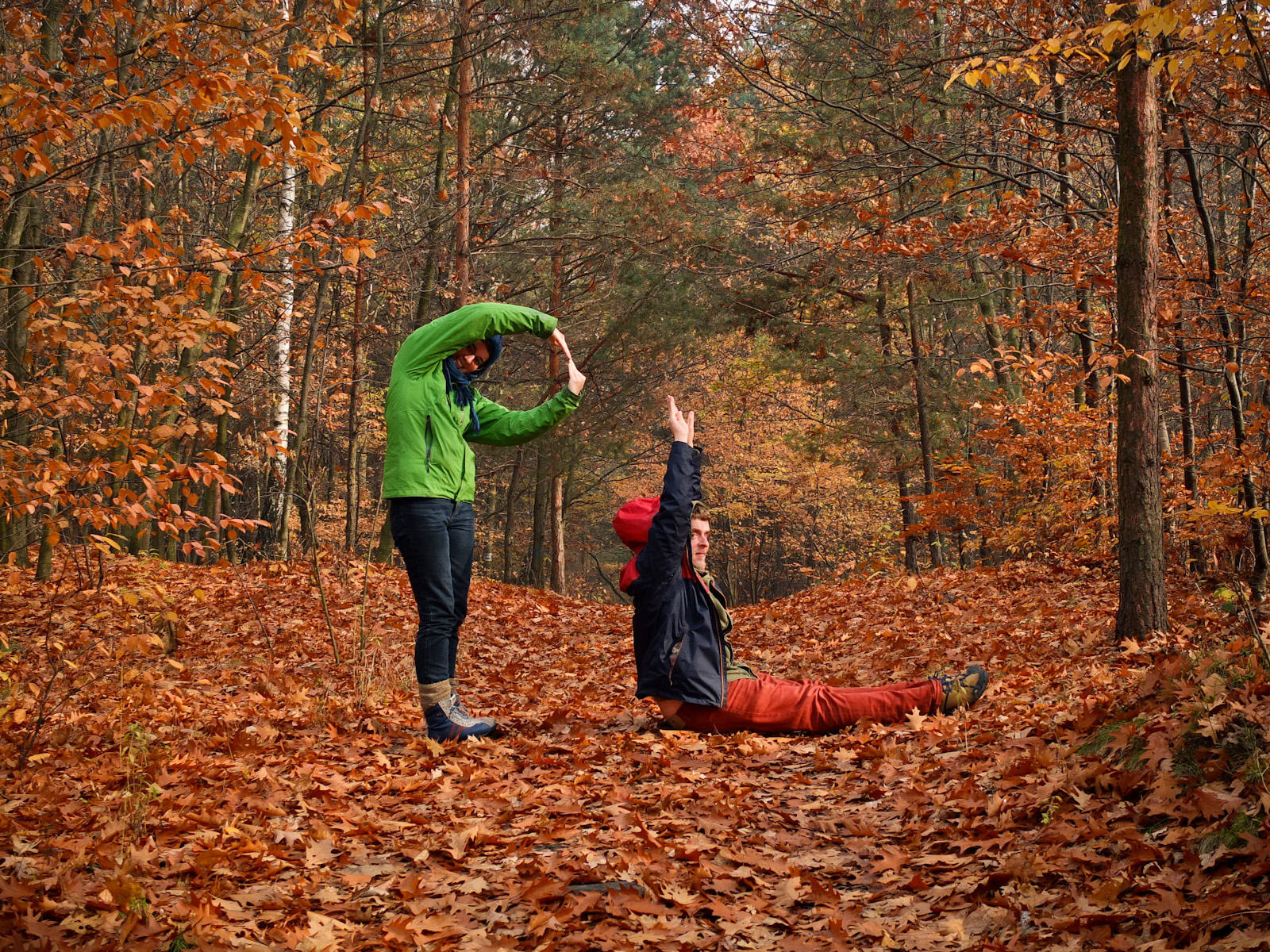
Tag: history
#4 of 12 things I’ve learnt living 12 months in Poland
Here’s the next instalment of our summer/winter reflective series, with Wendy looking back at her year as a migrant in Poland: “12 things I’ve learnt living 12 months in Poland“.
4. To look beyond the blocks
A few kilometers from the charming medieval Kraków city center, things start looking very different. Take a trip to Łódź or Katowice and you just can’t ignore that things look… Continue Reading →
Red October
What was the name of this village before the revolution? “There was no village here before the revolution, it was a river here,” says Kirill (36), whose family are the only permanent dwellers of Чырвоны Кастрычник (Chyrvony Kastrychnik, Red October in Belarussian), “In the early years of the Soviet Union, they straightened up the Dnieper River for navigation. People from an overpopulated village nearby moved here then.” The whole region of Polesia, full of swamps and flooding rivers, has long been ignored by history. Local folks spoke their own language that had no name, they were calling it “our speech”. Even in the interwar period of 1918-1939, many dwellers of Polesia were not seeing themselves as belonging to any nation – asked who they were, they would answer “we’re from here.” They lived the same way for hundreds of years, growing and collecting food in the summer and in the winter making clothes and other commodities. “Every day of the year had its scheduled tasks, they always knew what to do,” says Kirill, “The oldest people remember it as a very happy time, with almost unlimited freedom.” Everything got changed in the time of the Soviet Union, that is after World War II in the west of Polesia and here – after the October Revolution, the Red October.
Real food Russia
Russian language does not have the word “organic”. Or, it technically does, but no-one uses it. Rather they use the word “artificial” when speaking about food produced with the use of chemical fertilizers, pesticides, herbicides or GMO crops. And in Russia, even for those living in the cities, it is very possible to choose to consume non-artificial foods. Natural food is abundant in Russia, and we’re meeting all sorts of people who understand and value the importance of such food.
“The food has soul, spirit to it.” Says Nastya, a Ukrainian now living in Moscow. “When I go into a supermarket, the food is apathetic. I have no appetite for it. I grew up going to markets in the West Ukraine where you buy eggs off one lady and cheese from another. And I choose this one because I like her hands. Here, there is a direct transaction of the food, from one hand to the next. Continue Reading →
Dili. History of Timor-Leste.
Usually, before coming to a country or region I like to learn as much as I can about the place. This time was different, we got immersed in a place completely different from almost anything we’d seen before and just then we could start learning about it. The reality of Dili, followed by the history of this youngest capital and country in Asia appeared to be really complex – fascinating, shocking and welcoming at the same time.
Introducing Woorabinda
Woorabinda is an aboriginal community in Central Queensland that no one has heard of. Traditionally Woorabinda was part of the land of the Wadja Wadja people. Between 1927-1970 the Queensland Government forcefully removed 1473 Aboriginal people from their traditional lands across the huge state to the Woorabinda reserve, 170km south-west of Rockhampton where the summers are hot, the winters are icy and drought common. These people represented at least 47 different tribes, with different languages and customs.
The first 298 people of Woorabinda were made to walk 200kms from the Taroom reserve, further south. Many of the people walked in chains, though they were not criminals. The relocation occurred due to the proposed construction of the Taroom dam, that would flood the Taroom reserve. The dam remains unbuilt to this day.
“Woorabinda was never a mission” A local councilor told us. “What’s a mission? Either a community run by the church or a vision. Woorabinda was neither of these things.”

